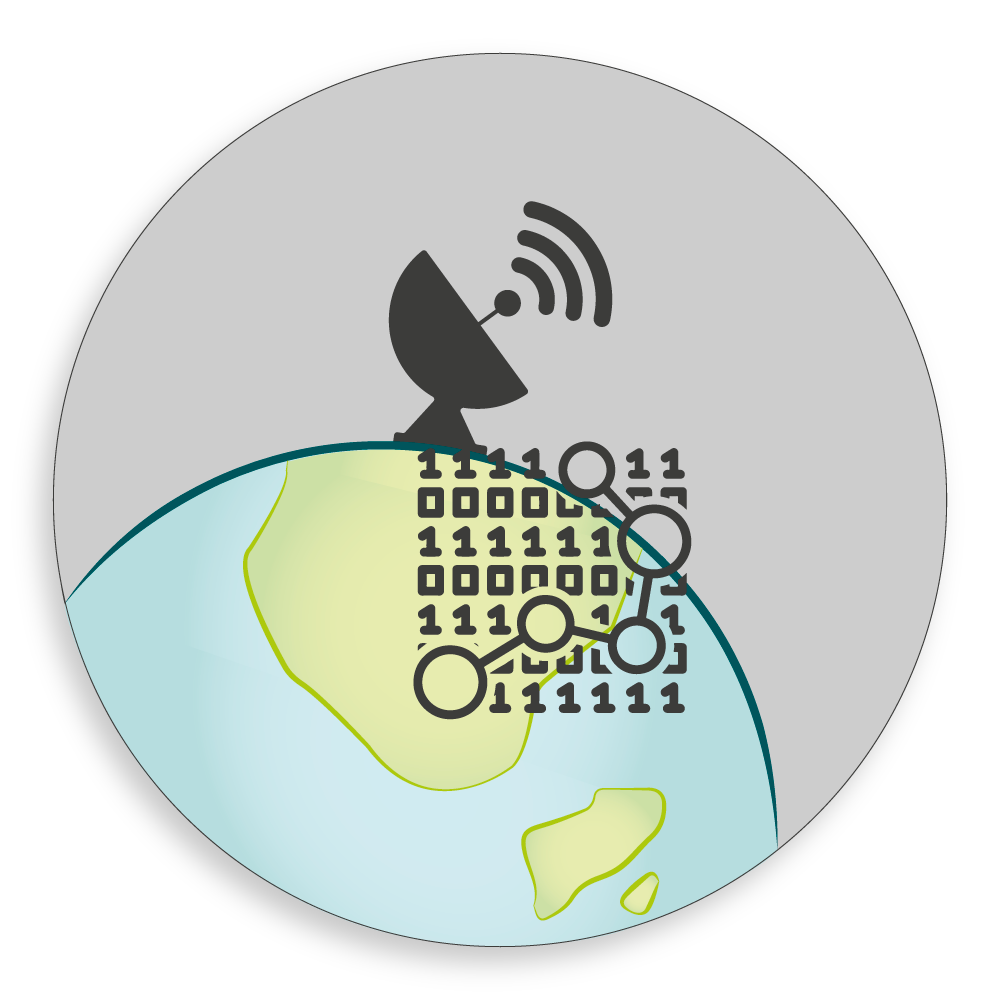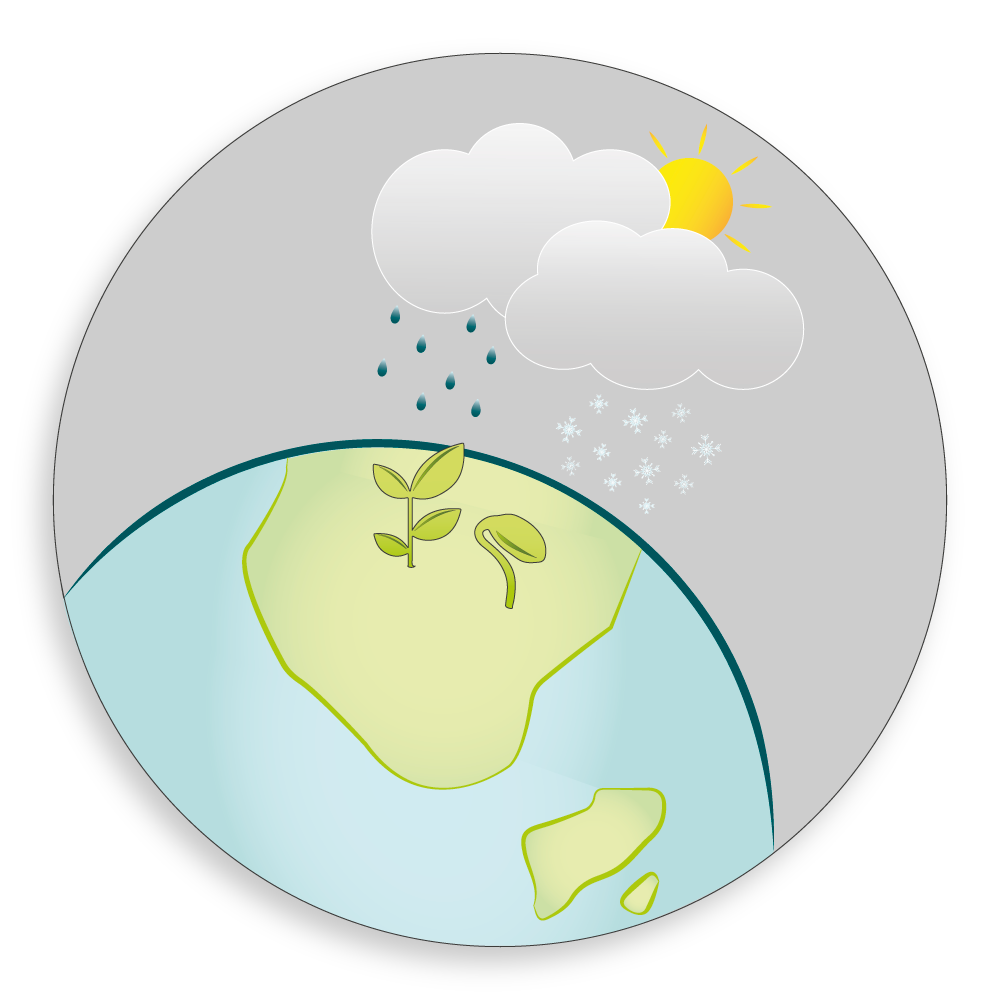What we do
Physics of measurement and radiometry are based on simulation and modelling of the signal in the atmosphere from low Earth orbit satellites.
The activity consists in correcting the satellite data in order to provide users with products that are not disturbed by the atmosphere (clouds, for example, can disrupt these data). The team monitors the radiometric calibration of the sensors and then modifies these defective sensors to ensure that the measurements are accurate.
We are providing processing chains to achieve more sophisticated products. Finally, we are developing advanced studies of various nature.
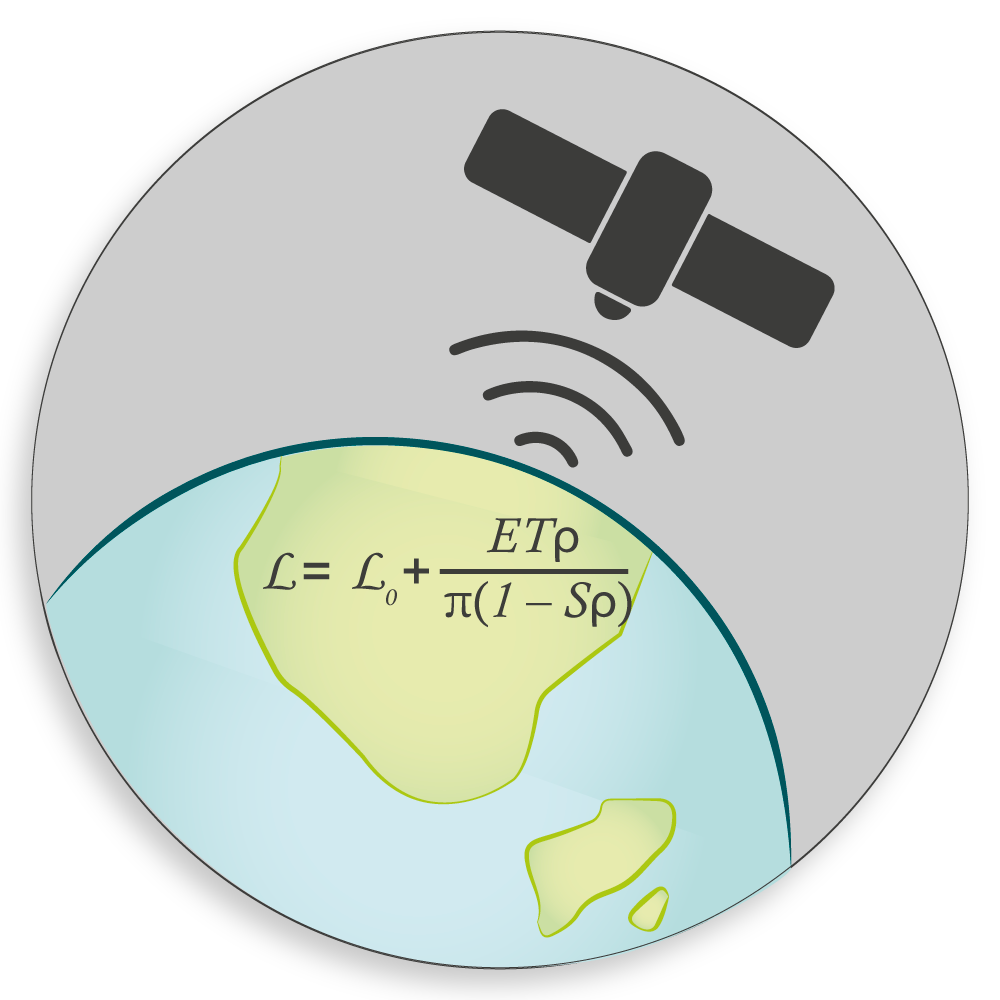
We correct the data to make the measurements more accurate.
Get started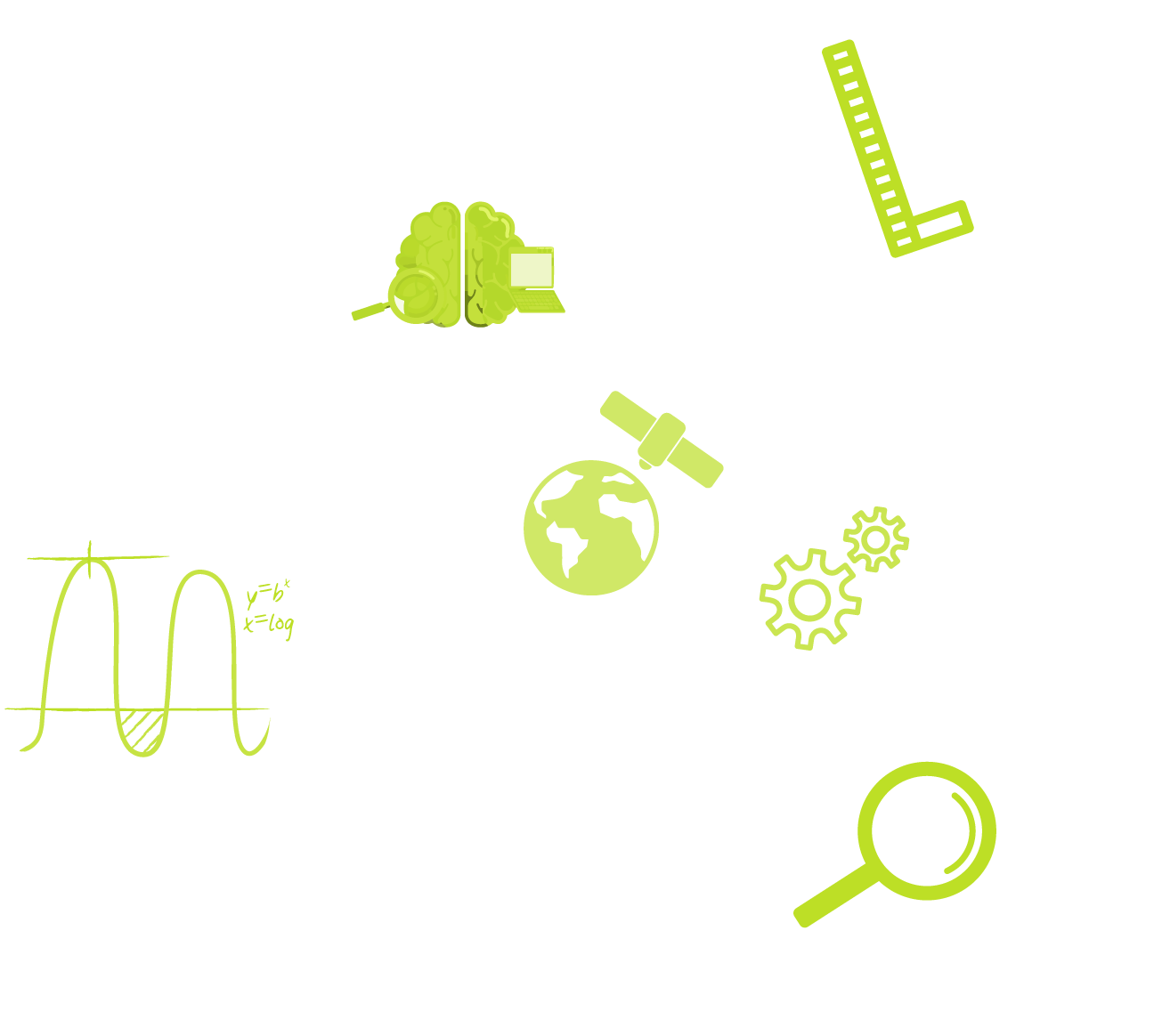
Our Expertise
Image satellite analysis
Development of processing chains
Key projects
We take part in many sensor and radiometry projects. Some major ones are listed here :
Image Quality for CNES
Studies of L1 data processing modules for optical sensors (Venµs, Taranis, MicroCarb, MERLIN, etc) are performed in support to CNES before and during commissioning phase. The activities cover performance studies and validation.
FLEX for ESA
The Earth Observation team is developing the level 2 (L2) processing for the ESA FLEX mission: radiometric and spectral calibration, geometric co-registration, atmospheric , cloud detection, atmospheric correction, fluorescence retrieval, biophysical parameters retrieval, ortho-rectification. The project has setcharacterisation up a European scientific collaboration and will end up with an operational prototype for ESA.
Learn more here.
RadCalNet for ESA
The unit is responsible for the development, maintenance and updates of the RadCalNet portal. Since March 2013, it provides visualisation and download capabilities on the data acquired by the four RadCalNet instrumented reference test sites. There are 287 users who are either representatives of national space agencies (NASA, EUMETSAT, CONIDA (Peru), CSIRO (Australia), SANSA (South Africa), S2 MPC, etc.) or private operators of optical space sensors (Airbus, Leonardo, Planet labs, Surrey Satellite Technology Ltd, etc.)
The 4 test sites provide top-of-atmosphere reflectance in nadir-view at 30 minutes intervals from 9:00 am to 3:00 pm local standard time, from 400 nm to 2500 nm.
Learn more here.
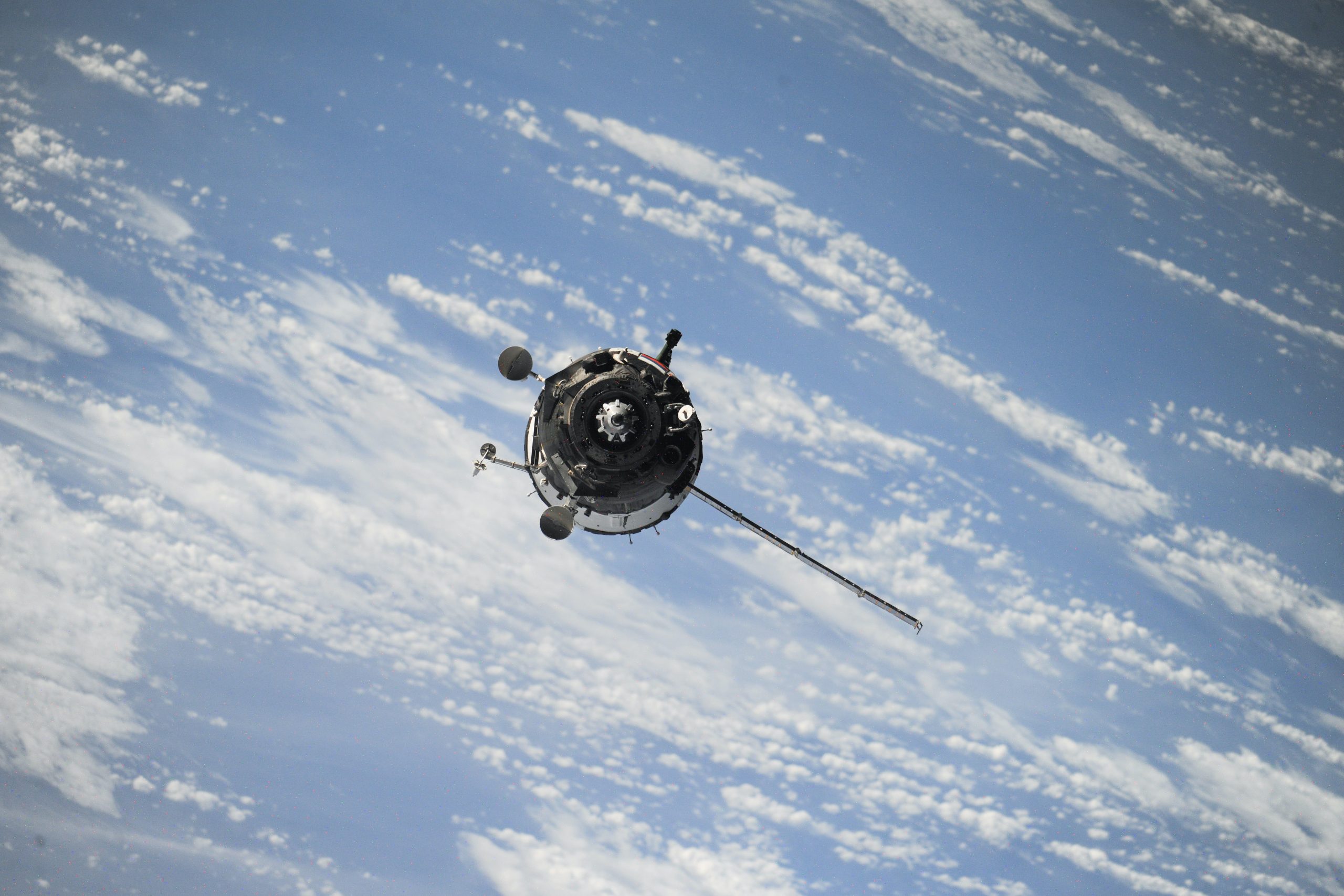


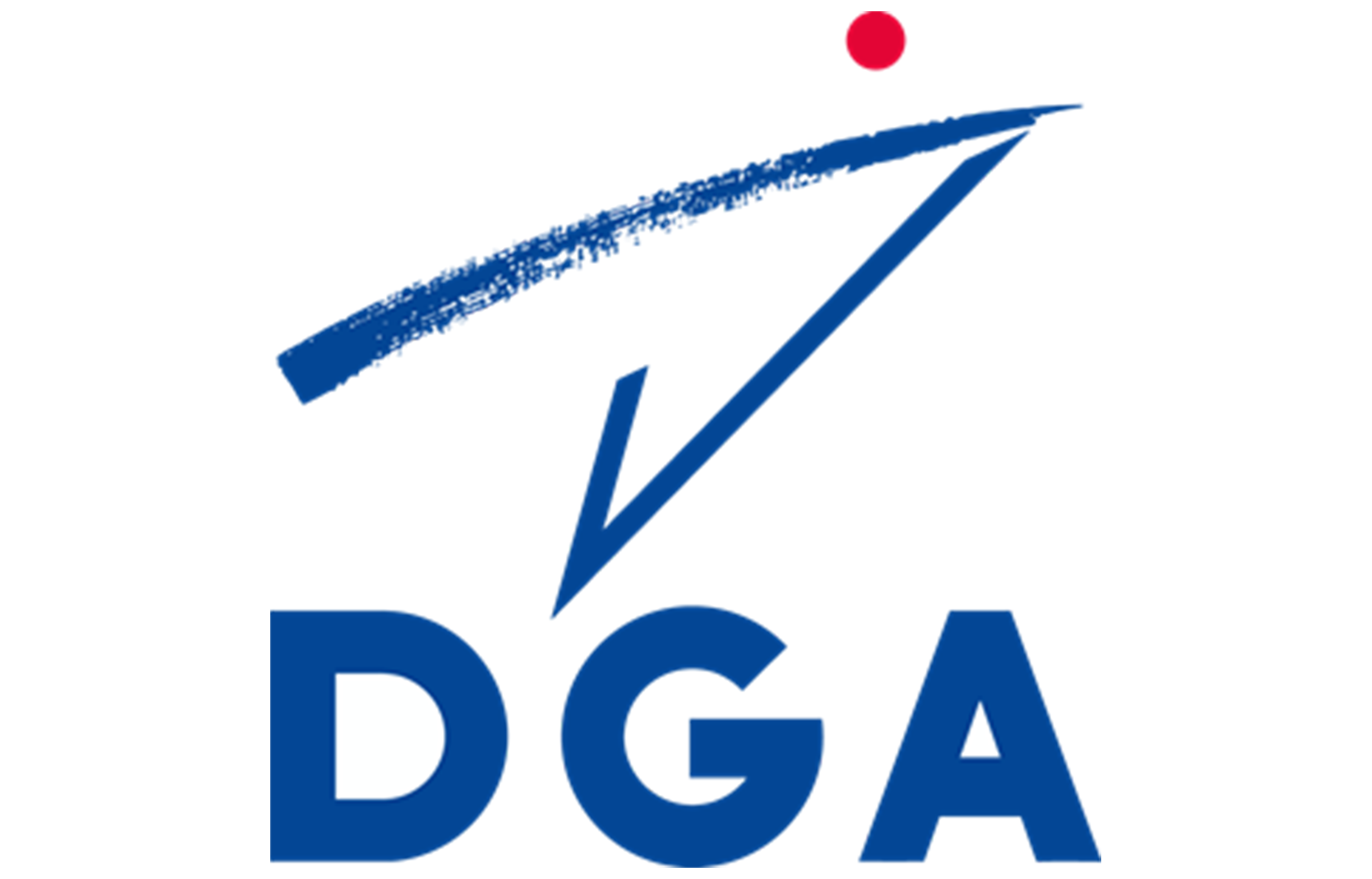
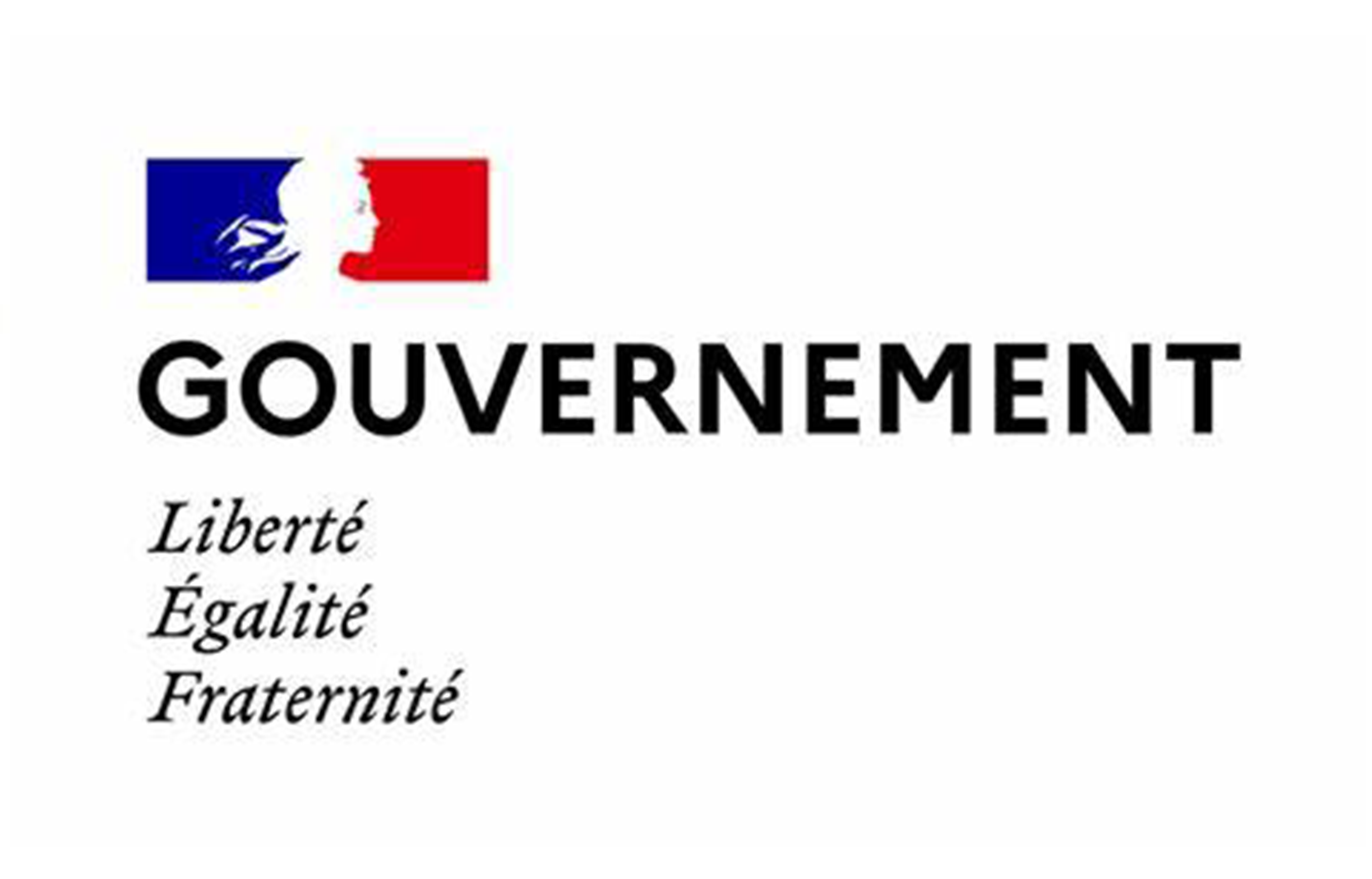
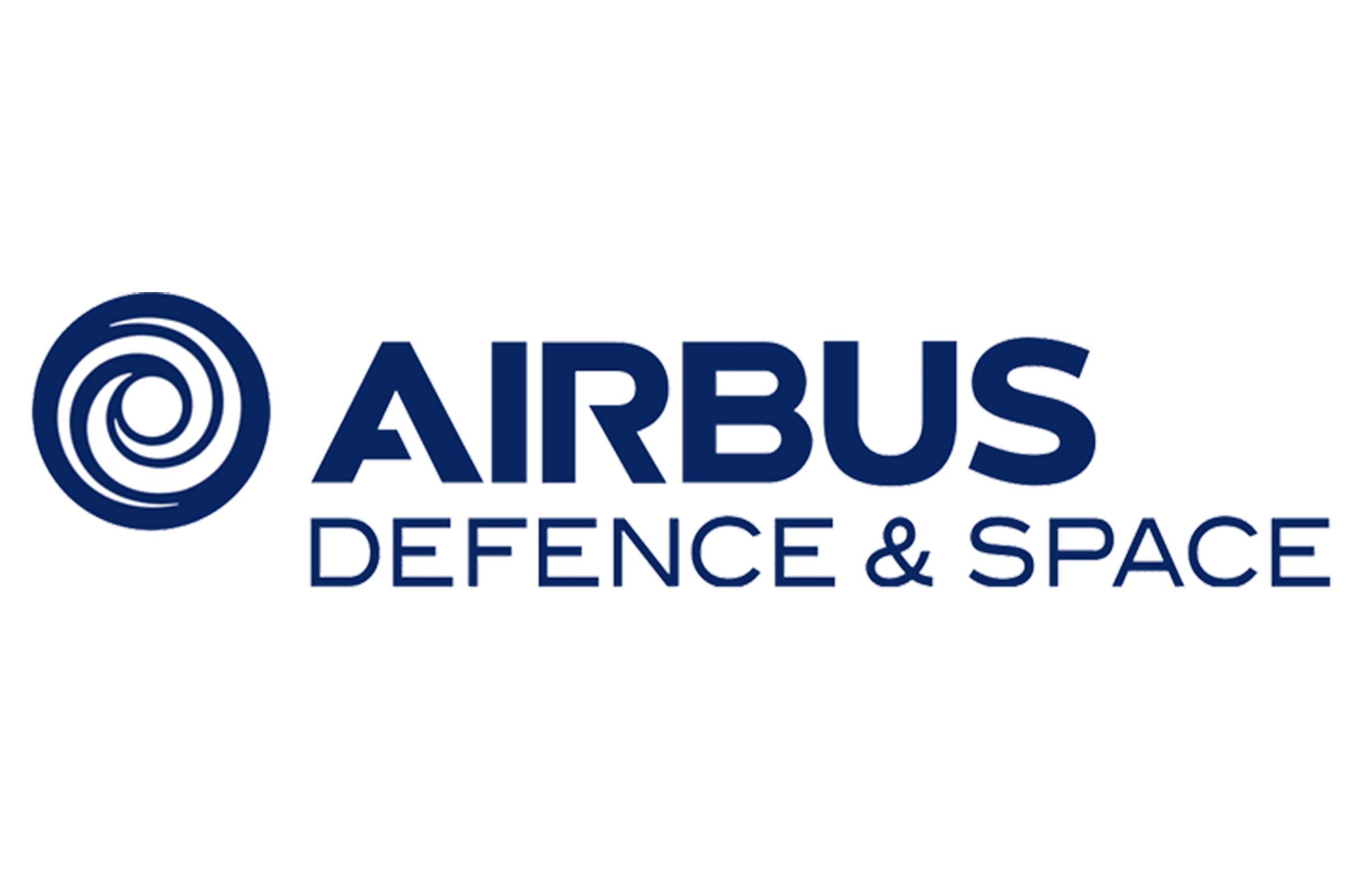
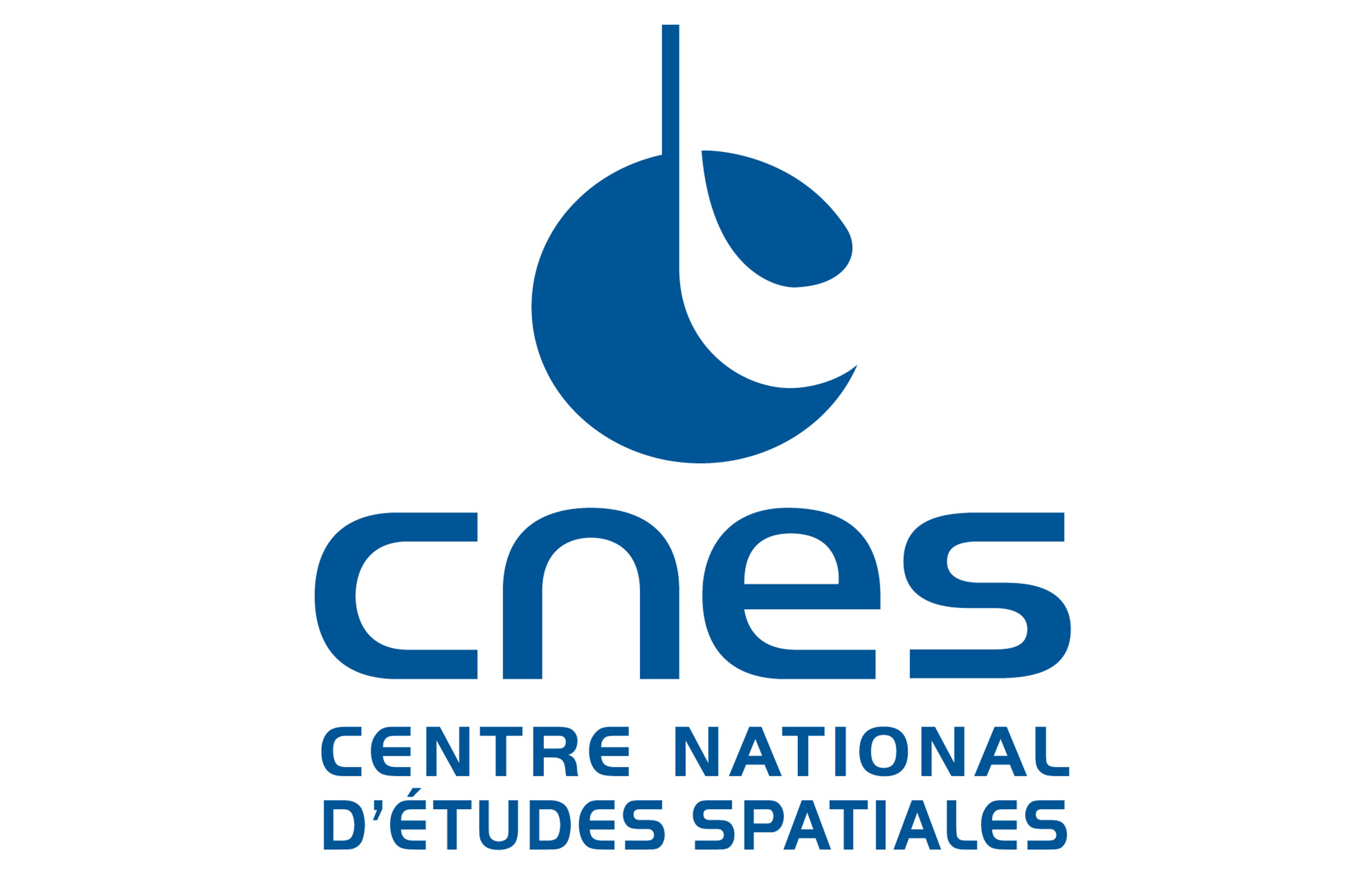
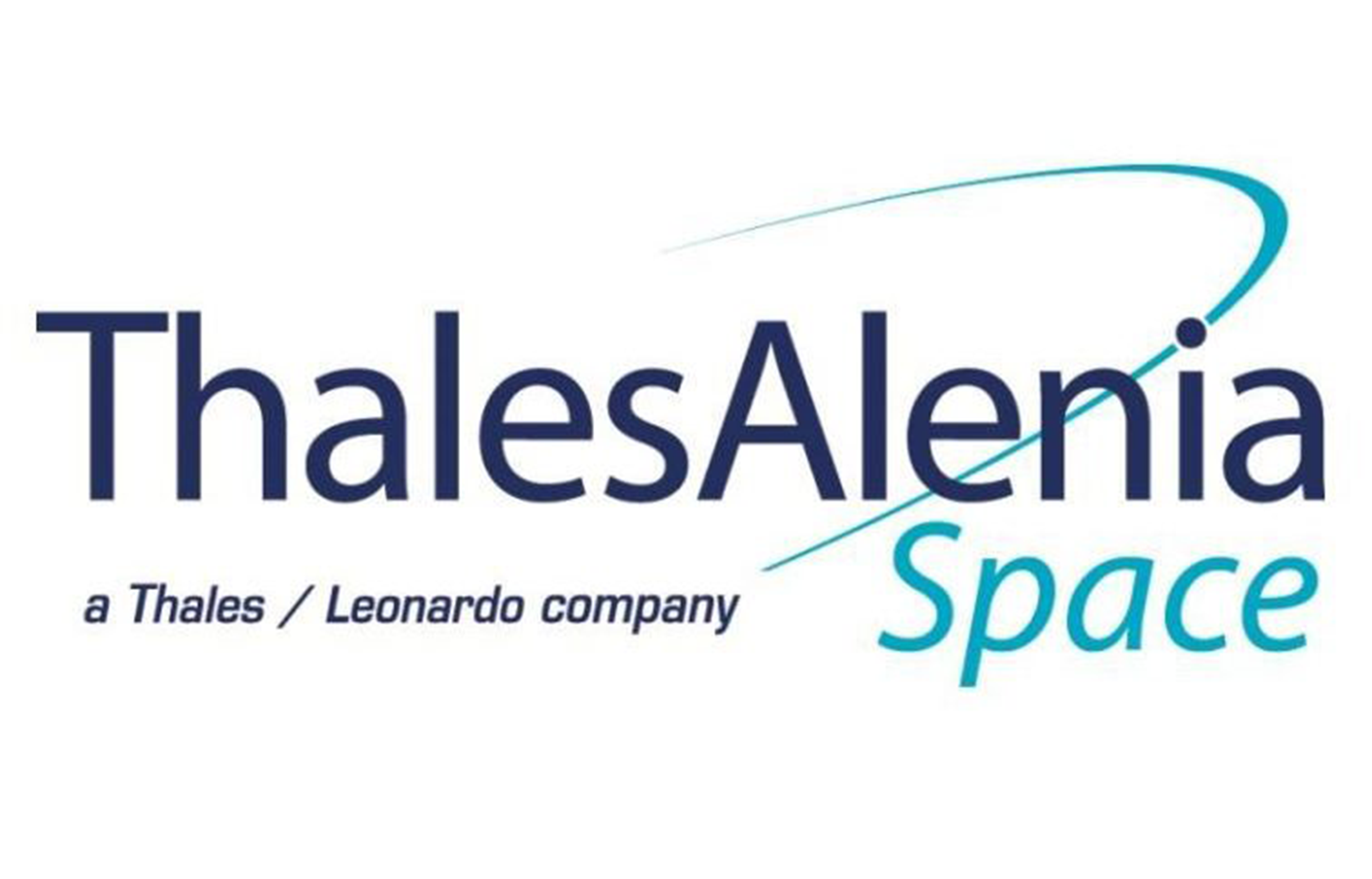
Learn more about our other offers :
SCIENCE FOR EARTH CARE
L'unité Observation de la Terre de Magellium est experte en missions spatiales optiques et en applications géophysiques et biophysiques. L'unité offre un haut niveau d'expertise et une complète maîtrise sur l'ensemble de la chaîne de traitement, lui permettant de répondre à tous les projets des plus grandes commandes spatiales telles que l'ESA et le CNES.


